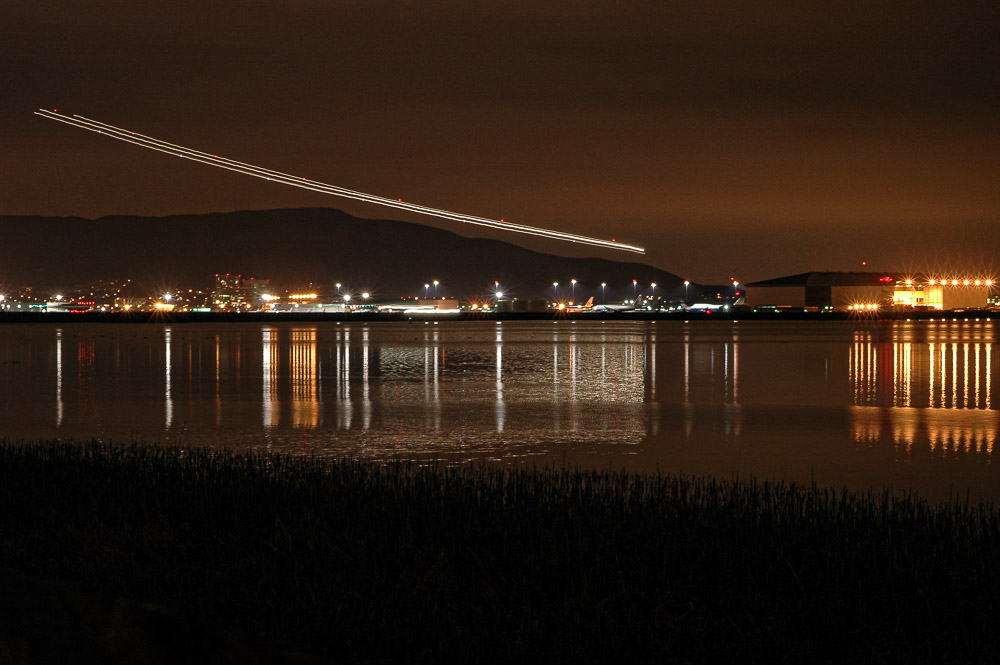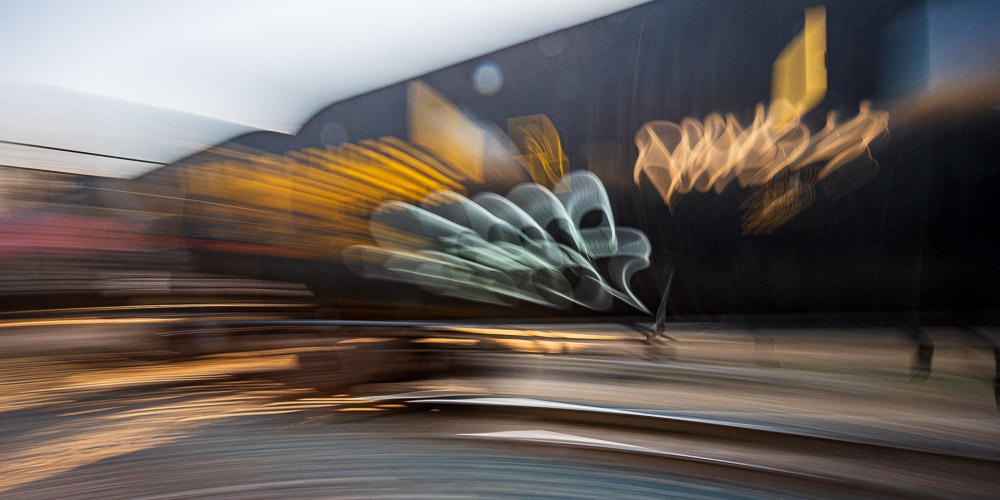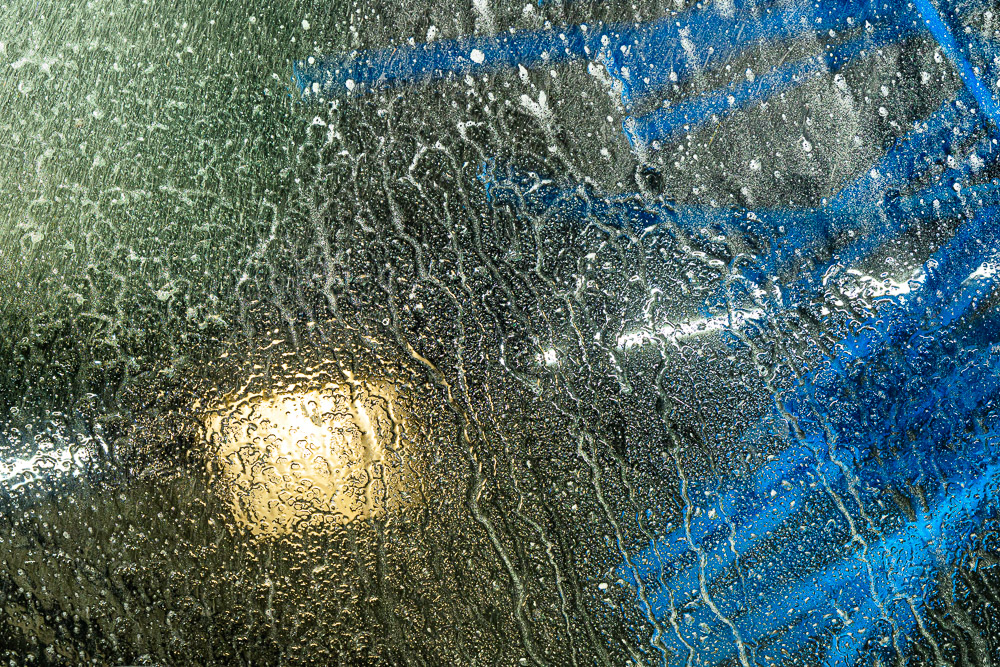Most of us are not limited by our knowledge or our equipment or our environment. We are limited by the boundaries we place on our imagination. The question is not “how did you do that?”. It is “how did you think of that?”
Self-limiting
Maybe it is harsh to say we limit ourselves. But I have come to believe it.
I have gotten a lot from a quote from my friend Cole Thompson:
Many photographers will see an image they admire and ask: how did you do that? They want to know the techniques used, thinking that once they know those, they could create that image.
The question they should be asking is: how did you think of that?
Do we tend to follow what other people do, or do we create our own path? I believe we are afraid because we are not confident in our own creativity. It is safer to imitate.
 ©Ed Schlotzhauer
©Ed Schlotzhauer
Equipment
There are many excuses for our perceived limitations. One easy one is that my equipment is not good enough.
Photographers seem to lust for new equipment. If I had a medium format camera I could … That new super zoom lens would let me …
I understand. I have equipment lust like anyone. But on the other hand, I have come to believe that if you hand a Brownie box camera to a good artist, they will make good images. They will embrace the limitations and use them as part of the art.
This tells me that, in general, equipment is not the fundamental limitation. There may be specific situations that require certain technology, but artistry is independent of technology.
So, I don’t think I can use the excuse of not having good enough equipment. What I have is perfectly adequate to make art. I just must learn how.
 ©Ed Schlotzhauer
©Ed Schlotzhauer
Knowledge
Learning how brings up the excuse of not enough knowledge. I understand. I am a constant learner. Almost everyday beings a new video or article or book I consume to learn to be better. I have hundreds of hours of videos and a library of books. Photography is more closely aligned to technology than most other arts, and it is supported by huge amounts of training material.
But I also know this can become a crutch and an excuse. When will you get to the magic threshold of knowledge required to be an artist? Sometimes needing more study becomes an excuse for being afraid to go out and do it.
Again, I know. I’m talking to myself, too. I get caught up in this. Today I watched a presentation on photographic abstraction, including techniques for in-camera multiple exposure and intentional camera movement. It was educational and motivating. But I didn’t immediately go out and apply it. And if I was not an artist before seeing it, I still could not call myself one after it. Maybe the amount of raw knowledge is not the key. We do not become an artist by a certain amount of training or a degree or certificate.
Don’t get me wrong. I am a strong believer in learning. Our tools are complex. And I believe that the more examples and points of views we have seen gives us greater fluency with our art. But as an artist, the knowledge must be internalized, then re-expressed in our vision. If we are studying but not doing it, we are not making art.
 ©Ed Schlotzhauer
©Ed Schlotzhauer
Environment
I get stimulated and energized by travel. I am lucky in getting the opportunity to take a few trips a year. The places and things I see while traveling seem newer and more interesting than the stuff where I live.
But travel is a bonus, an extra stimulation. The reality is that I spend most of my time around home. I must discipline myself to see the ordinary things around me with fresh eyes.
Don’t fall into the trap of feeling like you can’t make any interesting images because you do not have the chance to travel to exotic locations. Great photo opportunities are everywhere if we learn to see them. This is the type of mindfulness I recommend. The ability to see the ordinary with fresh eyes.
I live in a relatively small town along the Colorado front range. But I seldom go into the mountains. Almost every day, though, I go out for a few miles walk starting from my studio. I try to vary my routes, but there are only so many directions I can go.
This means I see the same areas frequently. Finding something interesting that I haven’t seen before or that looks fresh and different is a challenge. But it is a challenge I have accepted as a test of my creativity. I have been doing this for years and I can still find engaging things.
 ©Ed Schlotzhauer
©Ed Schlotzhauer
Imagination
This may seem to have wandered far from the question of “how did you think of that?” My point is that our art is not limited by our equipment or our training or our environment. Our limitation is our imagination. Can we look at something that everybody sees all the time and see it different? Can we think something new?
That is a problem, but it is a good problem. If the limitation is in our head, we have some control of it and can fix it. Or at least make it better.
I believe an important step is reclaiming the curiosity we had as kids. Remember that curiosity you had, or your kids had? Why is the sky blue? What is the moon made of? In the olden days, was everything black and white?
Curiosity like this leads to asking “what if?” questions and to looking at the world different. We can begin to think of new ways to photograph, new ways to see things. The same thing we have always seen may be perceived in a new way. Answering the questions is less important than that we were able to ask them. The questions challenge us to look again and deeper.
So, maybe, to be a better photographer, I don’t need the latest equipment (bummer), or more training, or a trip to New Zealand. Maybe I just need to re-learn how to ask interesting questions. To be curious about everything. And to not be afraid to ask ourself “what would happen if…?”
Try it. Be a kid. Follow your curiosity. Make mistakes and enjoy them. Don’t imitate other people. Create something no one else has ever seen.
As the great Jay Maisel said: If you want to make more interesting pictures, become a more interesting person.


Leave a Reply